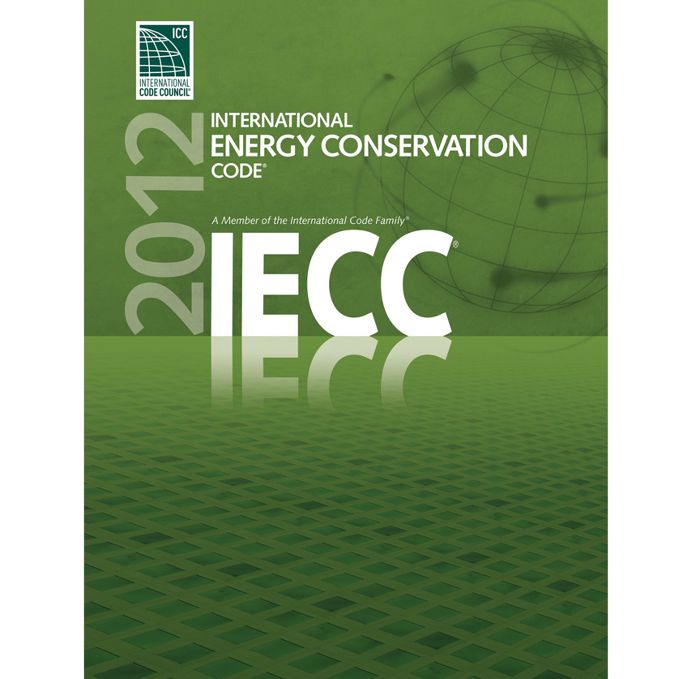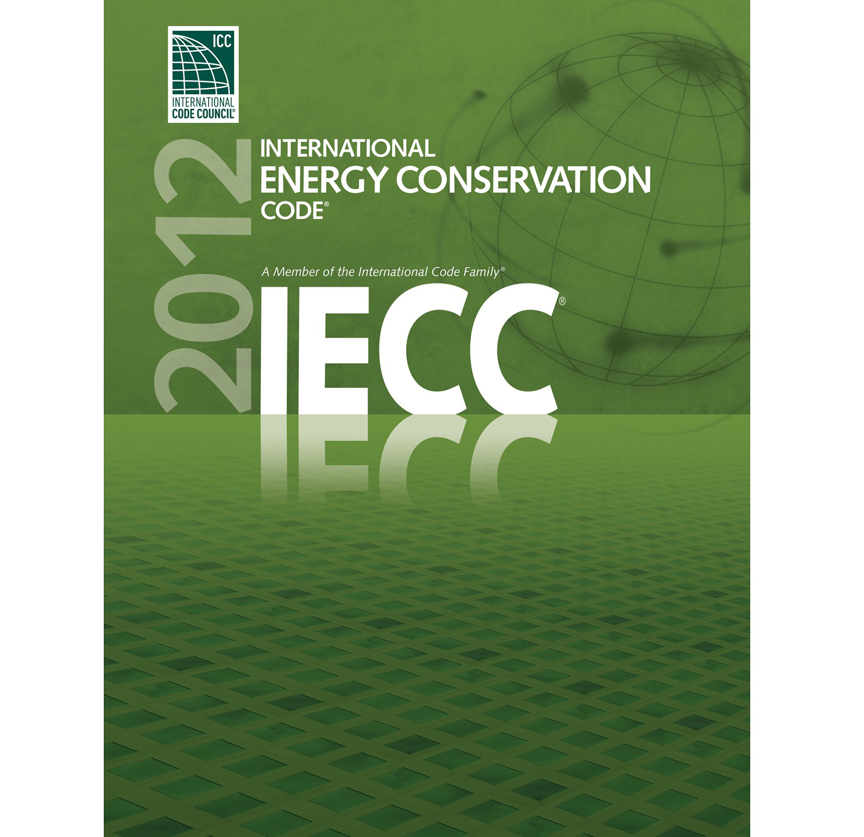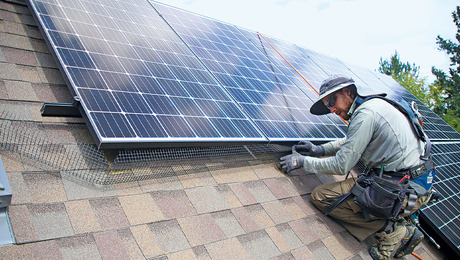
The 2015 version of the International Energy Conservation Code (IECC) will include a new performance path to compliance that is both easier for consumers to understand and also somewhat more stringent than the current version of the code.
Meeting at the International Code Council’s annual conference and public-comment hearings, code officials approved an updated code that will be published in 2014. Like other model building codes, this one will take effect only when states or local jurisdictions choose to adopt it.
One of the most significant changes, according to the Institute for Market Transformation, is the addition of the HERS Index as a means of complying with the code.
Ryan Meres, senior code-compliance specialist at IMT, said the 2012 IECC includes a performance path, but not one that uses an energy rating index such as HERS.
“It’s just simply based on energy cost,” Meres said of the existing code. “You do an energy model to determine that the home that you’re proposing to build uses less energy than the home that’s just built to the minimum code requirements.”
Under the new code, a HERS score of between 51 and 58, depending on the climate zone where the house was being built, would signal compliance, Meres said.
The lower the number, the more energy efficient the house. If current code requirements were translated into a HERS score, it would probably be between 60 and 65, Meres said, so the updated code tightens requirements at the same time that it makes them clearer to homeowners.
“It’s really the same software, but the energy-rating index is more understandable from a consumer perspective,” Meres said. “You know, 100 is a home built to the 2006 energy code, and 0 is a home that uses zero net energy.”
More guidance for renovations and solar installations
Meres identified two other important additions to the code:
- A new section that applies to existing buildings. This should give remodelers a more precise idea of what they have to do in order to make projects code compliant.
- An appendix that spells out how to make a house “solar ready.” Meres said that the relatively simple provisions will require a chase that goes to the roof for solar service lines, and a prohibition of anything on the roof that would block the installation of solar panels.
Jeremy Sigmon, director of technical policy for the U.S. Green Building Council, praised the changes: “Code officials once again made great strides for minimum energy efficiency.” In a prepared statement, Sigmon noted that while not every proposal promoted by the Energy Efficient Codes Coalition was approved, “generally the outcomes were very positive.”
Adoption not likely to be speedy
Judging by the rate at which the 2012 IECC has been adopted, it may be a while before homebuyers in most states will benefit from the tighter energy requirements.
Meres said that between 10 and 15 states, plus some local jurisdictions, have adopted the current version of the code, and that it will be early to mid-2014 before the 2015 code is even published.
According to Meres, Maryland is the only state in the country with an automatic adoption provision, which requires the state and then local jurisdictions to adopt new versions of the IECC. In other areas, code requirements don’t take effect until lawmakers decide to adopt them.
Fine Homebuilding Recommended Products
Fine Homebuilding receives a commission for items purchased through links on this site, including Amazon Associates and other affiliate advertising programs.

Reliable Crimp Connectors

Affordable IR Camera

Handy Heat Gun

The International Energy Conservation Code is updated every three years. The 2012 version of the IECC is just beginning to be adopted by a few states. Although the provisions of the 2015 IECC have been finalized, the 2015 code book has not yet been published.



























View Comments
So once again our buildings either become dimmer or more expensive. Often, both.
I say this anecdotally from doing dozens of projects across the country. States that have adopted more-recent energy codes have dropped the lumen count from some of our national clients down from what is preferred- even using LED fixtures.
And lets not forget having to spec more expensive appliances just to conform with further bureaucratic restrictions.
Would I personally want my home to be more energy efficient? Sure, but only to what I can afford. If I have the means and want upgrades later, there are plenty of ways to achieve further efficiency down the road.
Try selling your home when it doesn't comply, guess who's fronting money for upgrades they'll never get to utilize because the couldn't afford it earlier.
Foisting requirements like these, paid for by lobbyists like IMT (cited above) fronting for manufacturers in this cottage industry, on public is a barrier to entry home buyers and businesses alike. It's even a barrier to sellers, current owners and landlords who just want to either sell their residence or add on an addition.
I'd love to see a *real* cost analysis of energy efficiency 'upgrades' vs. actual utility savings.
Don't believe me on these losses? Design your building the way you want, run the CommCheck and see just how many lights you have to take out and appliances you have to swap out for more efficient specs.
I agree with above concern on cost effectiveness. Solar despite cost decreases from over $1 per kWh to about 25-35 cents/kWh is still 5-10 times the 3-5 cents per kWh of the natural gas it displaces. It is made to appear more cost effective by numerous large subsidies which are hidden as long as a small amount of solar is installed.
If one is concerned about CO2 I note that one state agency says that a 5 kw home system is equivalent to planting 1 acre of trees. But in my case I would have to cut down an acre of trees to have sun shine on my solar panels for a net loss in the CO2 game...It would also increase the solar loading and air conditioning energy.
But this code says I would have to make my roof solar ready ( slope in a different direction?) for a roof that will never have solar panels due to the trees. If I cut down all the trees I would incur the wrath of the neighbors and possibly a lawsuit.
Solar is another example of government at its worst. With the huge deficits, it is immoral to force more of it especially considering the questionable environmental benefit.
Nudge, shove, shoot! It's the progressive way. You must have a general contempt for free markets and the populace at large to see how this works. You come up with what you, the smart one, thinks a good idea only to have it rejected by the market. Next step, use force to get it adopted. Find a progressive legislator you can work with and pass a law, you know, like fuel economy standards, mandatory education or building codes, to get your idea forced into the market. People just aren't smart enough to know what's best for them!
Now I'm not saying standards are a bad idea or shouldn't exist, I'm only saying, good ideas should be adopted freely, not by force. And good ideas will eventually become accepted once the benefits exceed the costs. No force required.
But, then, I'm one of those who doesn't understand why I need a building permit to build on my own property. If I own something it is mine to do with what I wish so I assume I really cannot own property in this country. Right?